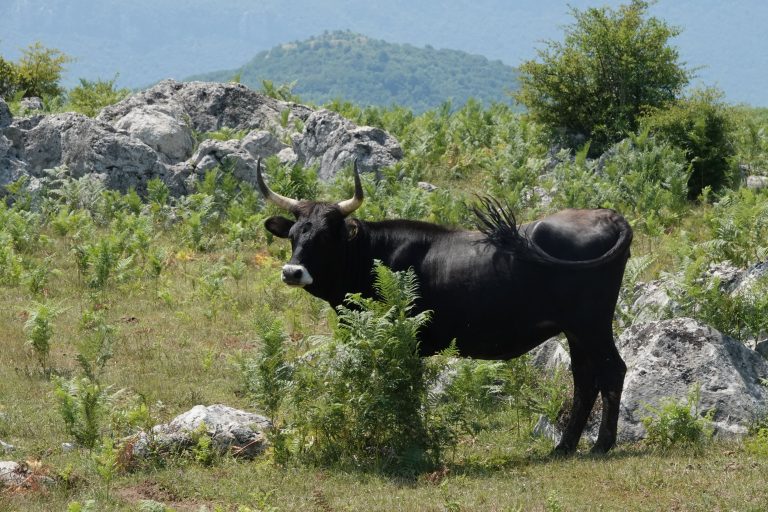Rewilding Initiative by Trees for Life
Trees for Life has launched an ambitious project that aims to introduce a breed of enormous wild cattle known as tauros to the UK, effectively reintroducing the aurochs, the wild ancestor of all domestic cattle four centuries after its extinction.
Reviving an Ancient Heritage
The tauros are muscular, long-horned cattle bred to closely resemble the ancient aurochs, which played a vital role in shaping landscapes and enhancing biodiversity across Europe, including Scotland, for millennia.
A Scientific Approach to Biodiversity
The rewilding charity plans to relocate a herd of up to 15 tauros from the Netherlands to its 4,000-hectare Dundreggan estate near Loch Ness in 2026. This scientific research project aims to enhance biodiversity and create opportunities for education and eco-tourism.
Ecological Restoration Efforts
“Introducing tauros to the Highlands, four centuries after their wild ancestors were driven to extinction, will refill a crucial ecological niche,” stated Steve Micklewright, Chief Executive of Trees for Life. “This initiative will allow us to study how these remarkable wild cattle can be powerful allies in addressing the nature and climate emergencies.”
Learning from the Past
Aurochs: A Keystone Species
Aurochs once roamed much of Europe as a keystone species, maintaining a rich mosaic of habitats, including grasslands, forests, and wetlands. They are depicted in petroglyphs dating back 30,000 years in the Côa Valley.
Historical Context and Extinction
One of Europe’s largest land mammals, the aurochs disappeared from Britain around 1300 BC due to habitat loss and hunting, with the last known aurochs dying in Poland in 1627. Nevertheless, the DNA of aurochs has persisted in various ancient breeds of cattle.
The Tauros Project
Uniquely, tauros have been ‘back-bred’ to replicate the genetic and physical traits of the aurochs as closely as possible. Scientists in the Netherlands have been working since the early 2000s to bring aurochs back to life by interbreeding ancient cattle breeds that share the closest genetic similarities. This work has been supported by the first complete sequencing of the aurochs genome in 2011.
Creating Rich Habitats
Although classified as domestic cattle, tauros stand out as a unique breed. Bulls can reach up to 180 cm, while cows can reach 150 cm at the shoulder, similar to the size of aurochs. They can thrive in various environmental conditions with minimal human intervention. Research shows that these modern successors can create exceptionally rich habitats for wildlife through their size and behaviour, as they are more active and interact with their environment more dramatically than other cattle.
The Ecological Impact of Tauros
Tauros graze landscapes in social groups, actively feeding in some areas while leaving others undisturbed. This behaviour fosters a mosaic of habitats that support various plants and animals, enhance species diversity, and sequester carbon dioxide. One notable ecological contribution is the creation of ‘bullpits’ bowls carved into the earth by rutting bulls. These micro-habitats support invertebrates, small mammals, and birds while allowing pioneer plant species to establish.
Sustainable Coexistence
While no large animal is entirely without risk, people can coexist safely with tauros through appropriate precautions, public education on respecting their space, and effective herd management. Known for their placid nature, tauros have been bred from cattle breeds that are not overly aggressive.
Looking to the Future
Being a cross-breed, tauros can be legally imported to Britain. Trees for Life plans to release the small herd to allow the tauros to behave as naturally as possible, balancing the benefits of rewilding with the conservation of recovering ecosystems.
Project Timeline and Regulations
The five-year project will comply with all legal and animal welfare requirements for keeping cattle. The tauros will be treated as farm animals but allowed to live as wild a life as possible. Signage and safety protocols will ensure that encounters with these remarkable animals are managed safely.


